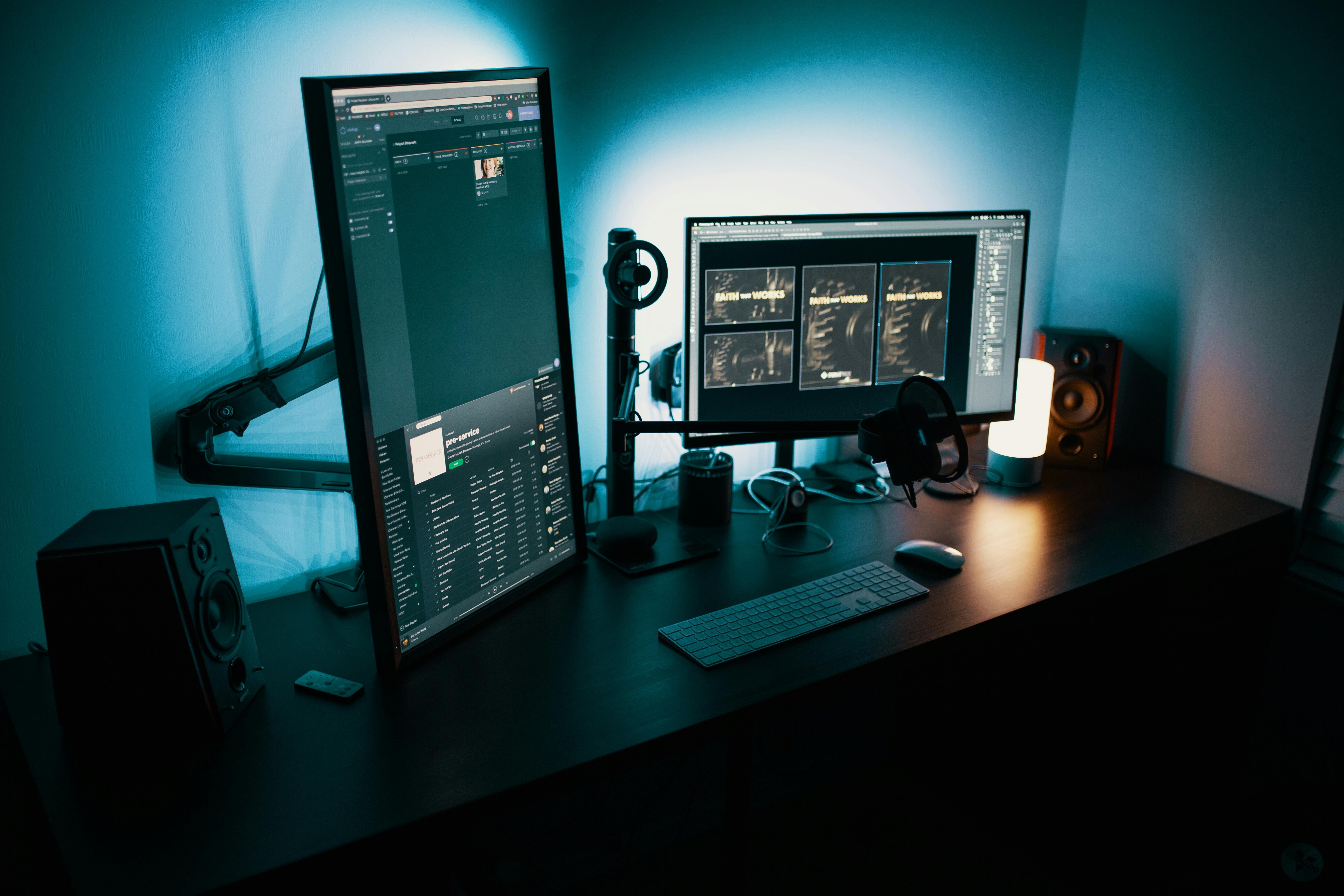Mastering Exposure Controls for Consistent Results
Consistent exposure control is a cornerstone of dependable photography, whether you work in portraiture, landscape, or studio settings. Understanding how aperture, shutter speed, ISO, and lighting interact helps you produce predictable results across different scenes. This article breaks down practical steps, compositional considerations, and workflow habits that reduce variation and simplify postprocessing.

What is exposure and why consistency matters
Exposure describes how much light reaches the camera sensor and is primarily determined by aperture, shutter, and ISO. Consistency in exposure is vital when producing a coherent series of images for a portfolio or project because it helps maintain uniformity in color, contrast, and perceived brightness. In practice, consistent exposure reduces surprises during editing and lets composition and framing become the main sources of creative variation rather than accidental brightness shifts.
How aperture shapes image and depth
Aperture affects depth of field and the amount of light entering the lens. Wider apertures (lower f-numbers) create shallow depth, useful for portraiture where subject separation is desired; smaller apertures increase depth for landscape work. When training to control exposure, establish target apertures for different genres and learn how they interact with shutter speed and ISO. Keeping aperture choices intentional supports consistent framing and color rendering across similar shoots.
How shutter speed freezes or blurs motion
Shutter speed governs motion depiction and light intake. Fast speeds freeze action in sports or wildlife, while slow speeds allow motion blur for creative effects in landscape waterfalls or urban light trails. In consistent workflows, set baseline shutter ranges for common scenarios and rely on neutral density filters or controlled lighting to maintain those ranges without forcing high ISO values. This approach preserves image quality and makes motion handling predictable.
Managing ISO for clean images
ISO determines the sensor’s sensitivity to light and directly affects noise levels. For consistent results, adopt an ISO strategy: use the lowest practical ISO for image quality, increase only when aperture and shutter constraints demand it, and consider cameras’ native ISO performance for different scenes. In low-light portraiture, balancing a wider aperture with modest ISO preserves skin tones and color, while in landscape dusk scenes a tripod can allow low ISO with long exposures to reduce noise and simplify postprocessing.
Using lighting, framing, and composition together
Lighting and composition (including framing and color choices) are as important as technical exposure settings. Controlled lighting—natural or artificial—lets you predict contrast and shadow behavior, making exposure consistent across a shoot. Frame subjects with an eye to how highlights and shadows fall, and adapt metering modes to prioritize the area that matters most. For example, center-weighted or spot metering can stabilize exposure in portraiture, while evaluative metering often suits wide landscape scenes when combined with thoughtful framing.
Workflow: autofocus, editing, and postprocessing
Autofocus accuracy reduces missed shots and ensures the intended subject remains sharp, which indirectly supports consistent exposure outcomes when composition and depth are stable. Establish a repeatable workflow: set in-camera picture controls and white balance to a baseline, shoot in RAW for postprocessing flexibility, and apply a consistent editing workflow for color and exposure adjustments. Use local adjustments sparingly to maintain uniformity across image sets, and document preferred settings for different lighting situations to speed future shoots.
Conclusion
Mastering exposure controls means blending technical knowledge with deliberate workflow habits. By setting intentional apertures and shutter speeds, managing ISO thoughtfully, using lighting and framing to your advantage, and following a repeatable editing process, you can achieve consistent, reliable results across portraiture, landscape, and other photographic genres. Over time, these practices reduce reliance on corrective postprocessing and help your creative decisions remain the dominant influence on the final image.






